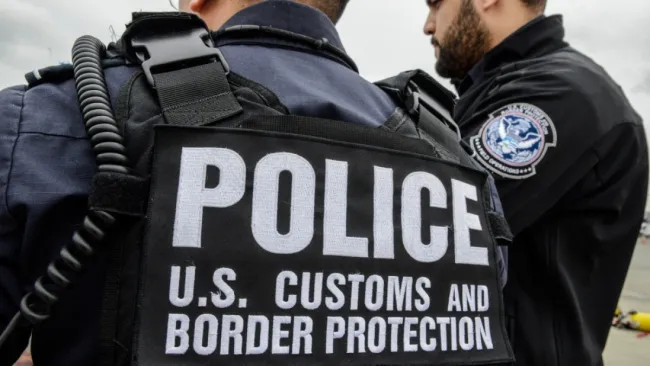Canada-U.S. Border Security Deal: Trade Impacts and Tariff Suspension February 2025
In February 2025, Canada and the U.S. reached a temporary agreement to suspend a 25% tariff on Canadian imports, following a deal to strengthen border security and combat fentanyl smuggling.
In December 2024, Canada introduced a comprehensive Border Plan aimed at improving both border security and its immigration system. The plan includes a $1.3 billion investment over five years to streamline asylum processing and decision-making. A key change was the imposition of a partial visa requirement for Mexican nationals in February 2024, which led to a significant reduction in asylum claims from Mexico—dropping from an average of 2,068 monthly claims to just 541.
Recent Developments
In early February 2025, President Donald Trump announced plans to impose a 25% tariff on imports from Canada, citing concerns over border security and the flow of fentanyl into the U.S. In response, Canada agreed to a 30-day suspension of these tariffs following talks between President Trump and Prime Minister Justin Trudeau. As part of the agreement, Canada committed to deploying 10,000 troops to its northern border and intensifying efforts to combat fentanyl smuggling. This includes appointing a Fentanyl Czar and forming a joint task force with the U.S. to tackle organized crime.
Economic Impact
The proposed tariffs could have a significant impact on Canadian businesses, particularly in the beverage industry. For example, Diageo, the maker of brands like Don Julio tequila and Guinness beer, revised its sales growth forecast downward due to uncertainty over U.S. tariffs and weak demand in key markets. The company also warned that if the tariffs go into effect, its profits could be reduced by as much as $200 million annually.
Strategic Considerations
Canada’s response to the tariff threat underscores the delicate balance it must maintain in its trade relationship with the U.S. While the temporary suspension of tariffs provides short-term relief, the larger issues remain unresolved. Canada’s focus on strengthening border security and addressing fentanyl trafficking aligns with U.S. priorities but also highlights the complexities of international diplomacy. These challenges reflect broader difficulties in U.S.-Canada trade relations, where political decisions can heavily influence economic outcomes.
Conclusion
The ongoing negotiations between Canada and the U.S. emphasize the challenges of balancing border security with economic interests. Both countries are continuing to address these issues, but the final resolution remains uncertain. This situation underscores the need for ongoing dialogue and cooperation to navigate the complex dynamics of international trade and security.
